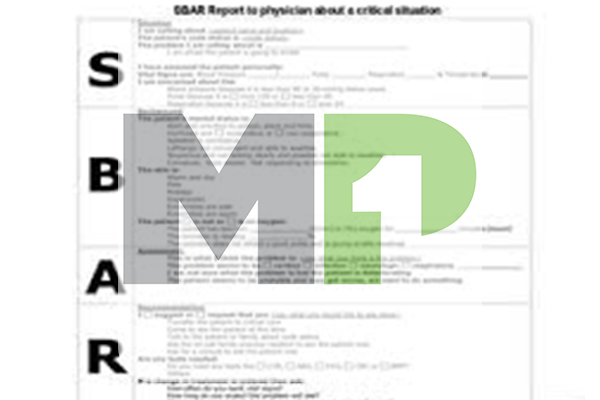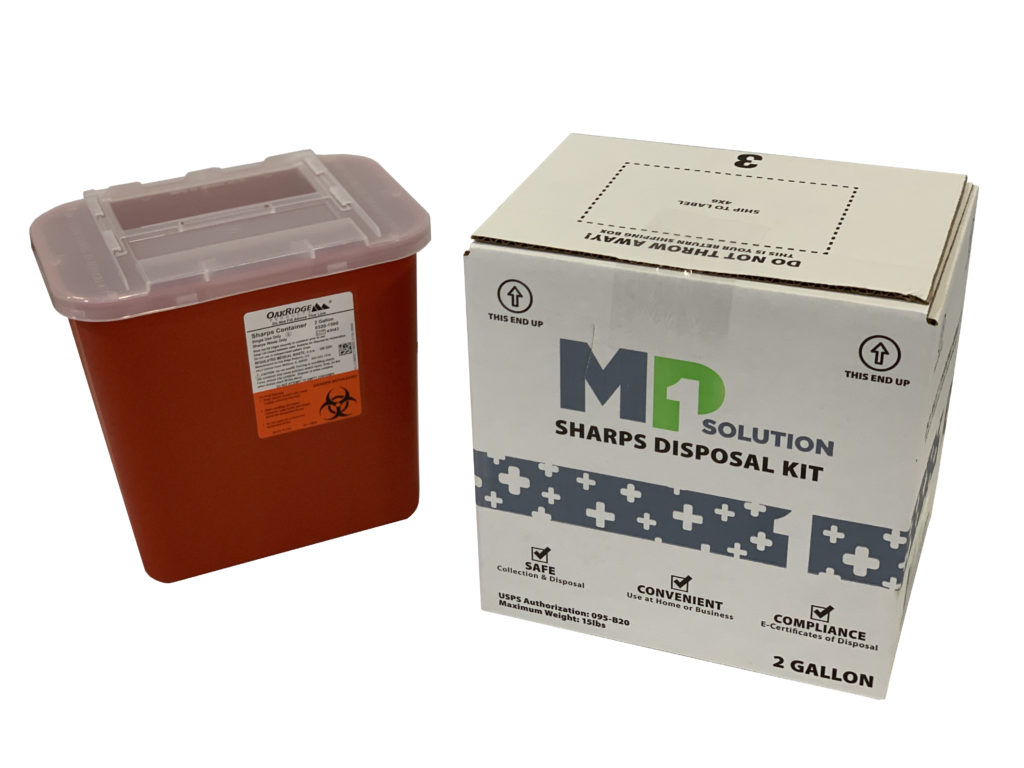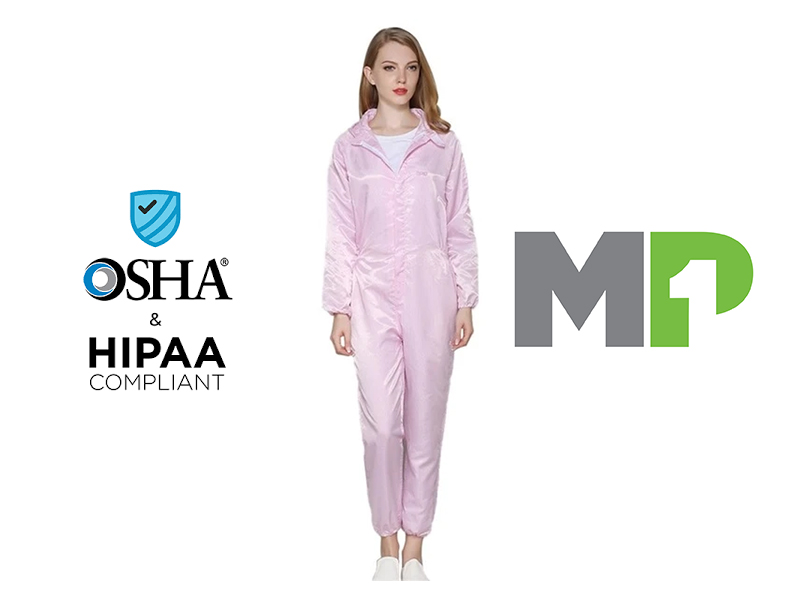
The SBAR is one of the cornerstones of the healthcare industry’s best practices. It is a communication technique/tool or framework of healthcare professionals such as doctors, nurses, and the like to be able to efficiently detail critical information without having to stumble their way through explanation.
- Situation – which compels the sharer of information to state the problem in a short and concise manner. This also refers to the identification of the sharer of information and patient prior to sharing these types of information.
- Background – refers to pertinent, background information surrounding the problem or situation. This may include the reason as to why a patient is admitted, detailing medical history such as previous procedures, medications, possible allergies, and etc.
- Assessment – usually outlines the possible course of action given the current situations which often includes analysis and considerations. This usually involves the analysis for situations where SBAR can be very specific.

Some of which are:
- Communication between health professionals such as nurses, doctors, clinicians in person or over the phone. SBAR is most commonly used amongst nurse-to-doctor communication or doctor-to-doctor communication.
- Inpatient or outpatient health program.
- When patients are being transferred from one healthcare facility to another as the designated healthcare professional details the patient’s needs and situation. This is usually when patients move between NHS service or when they shift from these to social and vice versa.
- Safety briefings amongst healthcare employees.
- During times of emergency, when the response team is called and requires immediate knowledge about the patient/situation.
- When concerns are being escalated.
Guideline as to how you can effectively use SBAR
- Prior to communicating through SBAR either through written or verbal communication, it is important to first structure your thoughts and have necessary information such as a list of medication, lab charts, allergies, and details about the patient.
- While doing so, it is also important to consider the kind of information that designated healthcare providers would need such as medical history, charts, identification, and lab results.
- SBAR is structured in a sequence that makes logical sense for those that will receive the information; therefore, it will be extremely helpful to categorize your information in the order of SBAR.
- Always remember to cut down fat or fluff when sharing crucial information. Brief and concise is a way to go especially when it comes to emergency situations. However, do this while keeping the relevance of each piece of detail in mind. The priority of the communication tool is first to share complete information, and second is to be precise.
- A lot of people will hesitate to give a decisive recommendation, and that is natural. It may be due to difficulty in deciding or the sheer lack of information/expertise regarding the situation. It is okay to simply suggest or just express concern over the situation. Healthcare professionals are trained to do what is medically necessary for each patient.
SBAR Template
There are tons of different templates that will help you break down how to properly identify and express the condition of a certain patient. Just simply googling them online would be able to grant you credible resources that will be sufficient enough as an SBAR reference. Usually these would come from local governments, healthcare facilities, and universities with dedicated medical branches. Some states even have recommended SBAR sheets for local hospitals to use.
In fact, different facilities that have certain specializations will customize their downloadable SBAR sheets to be more specific towards the nature of their specialization.
For instance, an SBAR sheet for Urinary Tract Infection would ask individuals, patients, and/or caregivers to specify some details about the patient that is related to UTI – this includes medication that is being taken, whether or not a patient is undergoing dialysis, whether or not a patient has indwelling catheter, and more. Meanwhile, for suspected Lower Respiratory Infection, the SBAR sheet checks for things like temperature, whether or not the patient has a history of lung complications and/or smoking, the current medication that the patient is on, and more.
Healthcare employees that use SBAR
Although it is almost always seen to be a mode of communication used by nurses, SBAR is extremely helpful as a part of the culture in a healthcare setting. Despite each practitioner having varying jargons according to their field, SBAR is something that can be universally known across these people and it hastens inter-professional communications and procedures. So aside from nurses, the ones who are usually seen and should be using the language of SBAR are the following:
- Nurses communicating to physicians
- Nursing assistants communicating with nurses.
- Physicians to other physicians
- Residents to attending physicians
- Nurses to other nurses
- Nurses to technicians
- Pharmacy to nurses and/or physicians
- Administrators to physicians
History of SBAR
Similar to a lot of things that can be arguably categorized under technological evolution, the method of SBAR’s birthing place was the military. First, they were used for nuclear submarines for reports and briefings to be able to facilitate a standardized form of communication between captains and ensigns and stimulate an effective and well-thought action.
Afterwards, SBAR was then adopted by the airline industry to be able to slim down the risk of communication error. According to Wiley’s Online Library, there was a necessity for an extremely coordinated and adaptive teamwork for these types of industries. Hence, the adoption of SBAR by the aviation industry as the industry has a high reliance on effective communication due to its high-risk and cooperative nature.
Only very recently, in 2002, that the communication model was introduced to the healthcare industry. It started off as something that was implemented by rapid response teams at Kaiser Permanente (which is an integrated care consortium made up of a health plan function, a group of hospitals, and regional medical groups). The primary aim back then was to solve communication errors that were sourced as a byproduct of different healthcare professionals having various styles of communication.
Because of its effectiveness, other healthcare organizations followed suit and soon enough SBAR was able to cut across communication barriers and differences. Standardized communication between healthcare workers resulted in the minimization of mistakes on the part of the healthcare providers.
By 2013, the Joint Commission had already endorsed SBAR as a standard mode of communication and has since been something that has been implemented in the nursing environment and industry.

Scenarios and examples of the use of SBAR
Though there are tons of official SBAR templates online, it is to be noted that SBAR can be used informally and what makes the format particularly special is the mere substance and structure behind the bulk of information that is being given. Some hypothetical examples below are demonstrations of how an individual could use SBAR in a situation.
First Scenario
Situation: Hello? This is Alan Allen; I am from X Hospital and I’m calling about Mr. Derek’s condition. It seems as if that there have been developments from last night as Mr. Derek started to find it extremely difficult to breathe.
Background: Mr. Derek was admitted to the hospital due to exhibiting symptoms of COVID-19, which are frequent exhaustion, loss of taste, and occasional dry coughs. The patient is 22, has no history of smoking or lung problems, and lives a practically healthy life. However, his temperature spiked up yesterday and the patient described a constant pressure on his chest.
Assessment: It seems that Mr. Derek’s situation is in fact, COVID-19.
Recommendation: Mr. Derek must once again undergo testing for COVID-19 and if confirmed, to administer the patient with the medication remdevisir and an intravenous infusion.
Second Scenario
Situation: Good day, doc. I am Barbara from the CT area, and I want to ask about Ms. Laurenhill? It says here in the PE study order for Ms. Laurenhill that she has elevated levels of creatinine and I’d like to affirm if this order is still a go?
Background: Ms. Laurenhill arrived in the facility with complaints of having a sharp pain to the right side of her chest and extreme difficulties when it comes to breathing.
Assessment: This level of creatinine is not normal and does not really fit the required level of creatinine to enact a PE study.
Recommendation: To get a more accurate understanding of what’s happening, I suggest that the pulmonary embolism study should be altered into a VQ scan instead.
Third Scenario
Situation: I am nurse Jeremiah and am currently working at X home care facility, I’m here to ask about Mrs. Fields. I am just a little bit concerned because she has experienced a rapid increase in weight, blood pressure, and respiration within a short period of time.
Background: Mrs. Fields is 81 years old and has had a history of hypertension and congestive heart failure. Around yesterday, her blood pressure has spiked up to 190/92 and her respiration has climbed up to 25. Within six days as well, Mrs. Fields has gained about 7 pounds which is largely unnatural. Everything else has been normal, and she has been taking the prescribed amount and types of medication and diet. However, she might have eaten something yesterday that was a little high on sodium.
Assessment: The weight gain and the rest of the described symptoms could be due to water retention, that was exacerbated by sodium within her bloodstream.
Recommendation: A dose of intravenous Lasix would possibly alleviate the problem, followed by the continuous intake of such with a regular Lasix dose in the morning. It is possible too that Mrs. Fields has dieresis, and it is recommended to have her caregivers measure her urine output. Please continue to update with her respiratory status.
SBAR Limitations
Although it generally enhances communication between healthcare providers, as SBAR forces practitioners to think about crucial details to a patient’s situations that would have been otherwise forgotten, there are some limitations to the method of communication.
It is an incredibly effective tool, but it can only achieve its perceived benefits when used correctly. SBAR can be more strenuous than helpful if those that have to use it do not understand how to, hesitate in giving out opinions under recommendations, or run into legal trouble such as confidentiality clauses and the protection of Protected Health Information. These problems are avoidable through appropriate SBAR training.
